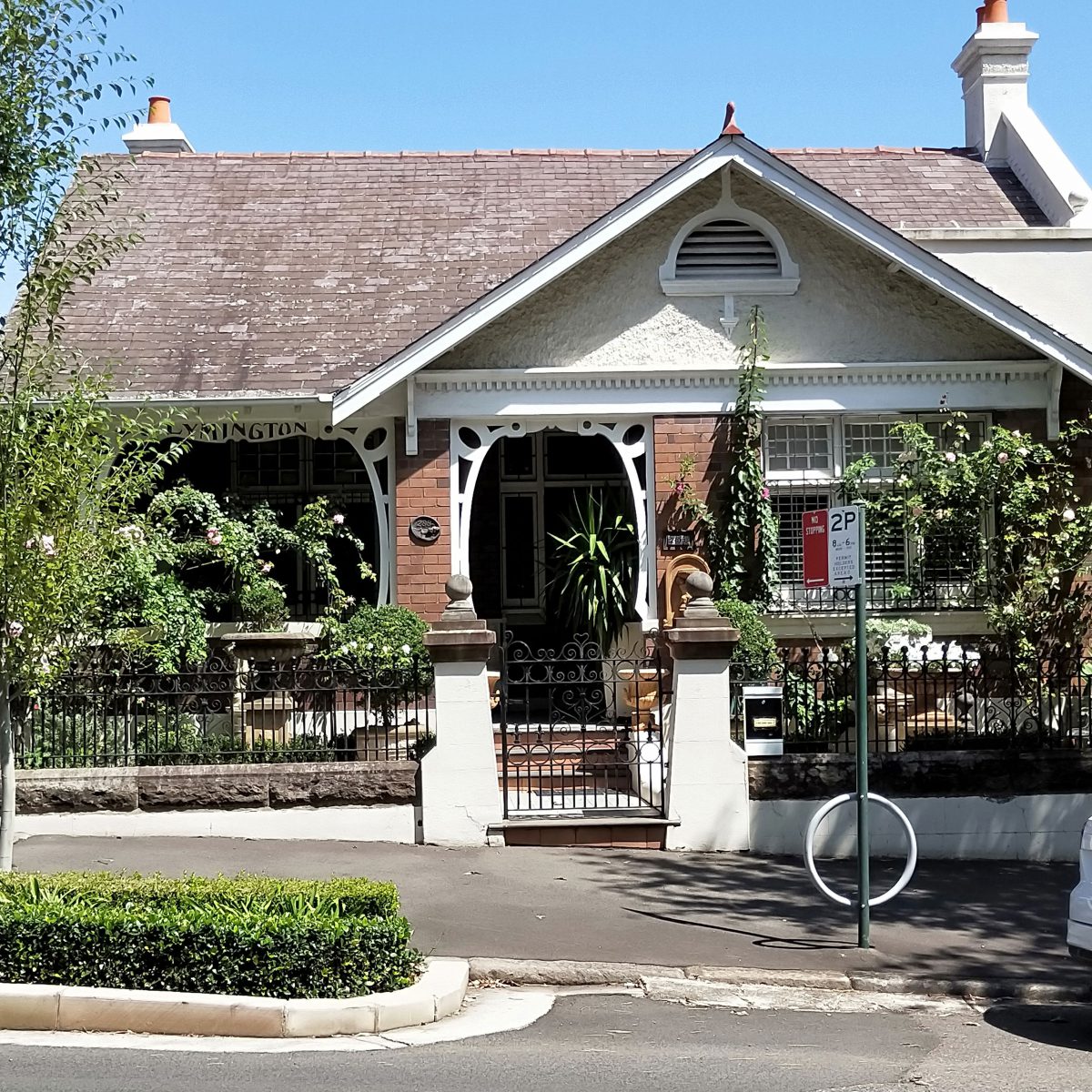
Renovating a Federation home can be a labour of love but will add significant value to your home if it’s done authentically.
Federation architecture, popular in pockets of many inner-city suburbs, dates from 1901 to 1910, the same time as federation in Australia. It aligns with the British style of architecture known as Edwardian named after the monarch, Edward VII.
It heralded a modern approach to building design. Greater consideration was given to lifestyle needs than the Victorian approach, which focused on making a statement of wealth.
Designers of Federation and Edwardian homes reduced the bitsy nature of Victorian era houses, where rooms were cluttered with furniture, ornaments and paintings.
Colours became light and neutral, in part because the first generation of gas and electricity installations meant designers didn’t need to allow for the accumulation of soot and smoke stains from paraffin lighting and open wooden fires. Wallpaper, curtains, stained glass and tiles were less intricate but still strikingly beautiful.
Today, renovating a Federation home can be rewarding both financially and in terms of personal accomplishment.
These homes always attract among motivated buyers. You can expect authentic examples of Federation architecture – indeed any definitive architectural style – to hold their value in a flat or declining market.
Here are nine tips for a great renovation of an Edwardian or Federation home:
Research the Federation style thoroughly before deciding on the work you wish to undertake. Use reference books and old photographs to ensure you understand what it takes to achieve an authentic result. You’ll find additional information from council and the National Trust.
Establish if your property is heritage listed. It’s unlikely you bought it without being told about a heritage listing as part of conveyancing, but better to be safe than sorry.
Discover from council what is permitted for your restoration. A heritage listing may have an impact on the extent of the work permitted, or require you to use only certain building materials.
Don’t be in a hurry. Much of the work will be fiddly. Arguably the most labour-intensive task is tuck-pointing, brick by brick. One façade may takes weeks to complete.
Seek professional advice. There are architects and builders who specialise in restoring Edwardian and Federation homes. Your own research will complement their knowledge.
Use word of mouth and references before selecting either an architect or builder. Your real estate agent will know some of the best operators in your area for this type of work. If you’re embarking on a large-scale renovation, consider employing an architect as your project manager. They will not only create the plans and help ease them through council (a big job in itself) but work with a builder to achieve your desired result.
Here are a few high-profile items to replace or revitalise as part of an authentic renovation:
- Timber sash windows
- Brass fittings
- Bullnose verandas
- Tessellated tiling
- Brickwork, rejuvenated by tuck-pointing; plus
- Authentically recreated cast-iron filigree, brackets and posts, finials, label molds and bargeboards.
- Resist the temptation to replace doors and windows with fakes. Instead, find a supplier who specialises in authentic reproductions and sells the original items. Short cuts in this area will undermine not only the authenticity of your project but the ultimate value of the property.
